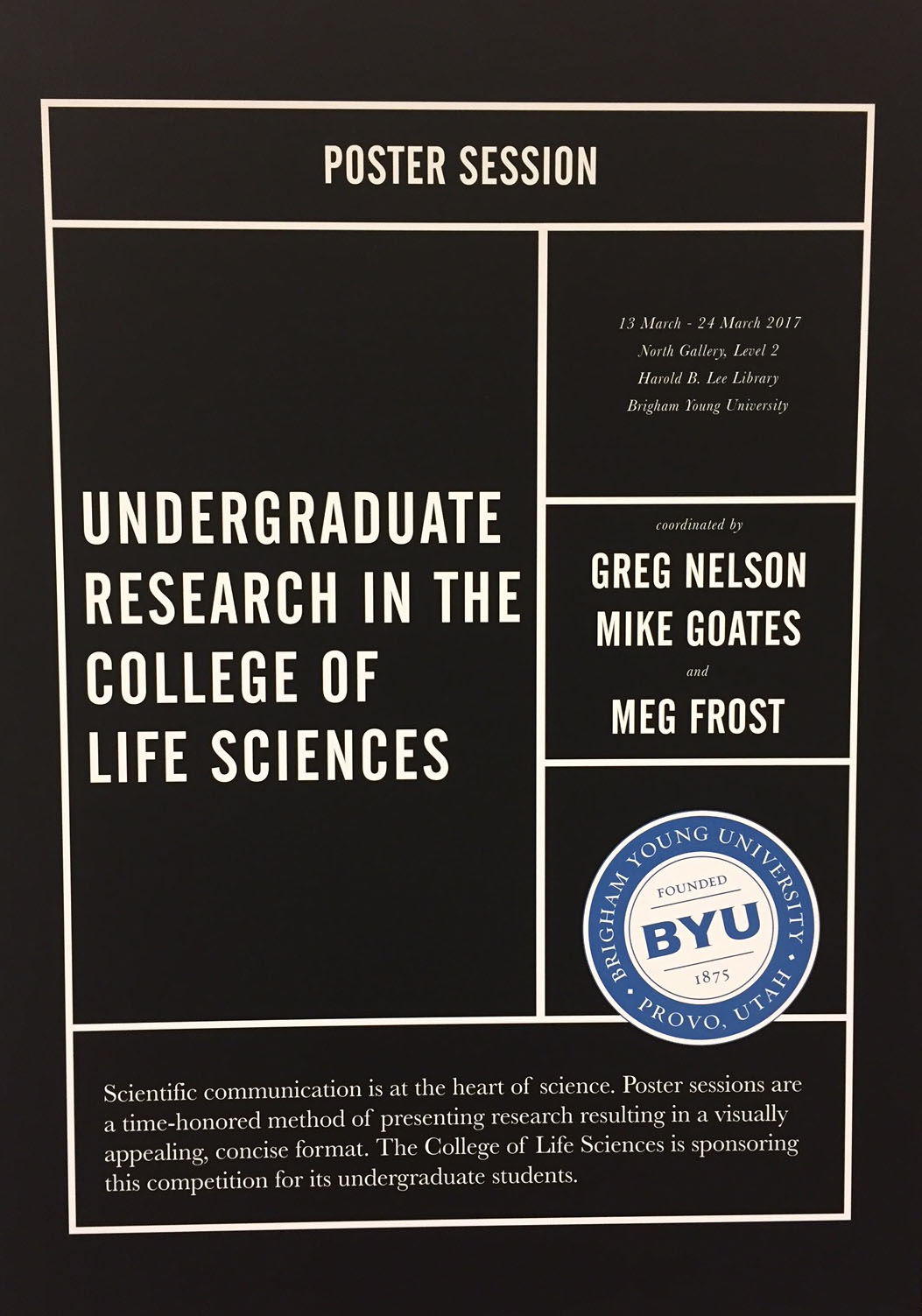Title
A Transcriptomic Analysis of Triple Negative Breast Cancer Revealing Alternative Drug Therapeutics
Files
Download Full Text (612 KB)
Keywords
breast cancer, bioinformatics, drugs, genetics
Abstract
Breast cancer is the most common tumor type in men and women combined this year the National Cancer Institute estimates there will be 290 560 new cases in the United States and 43 780 deaths 1 Triple Negative Breast Cancer ( lacks three typical surface markers of breast cancer estrogen receptor ( progesterone receptor ( and human epidermal growth factor receptor 2 (HER 2 which are common targets for endocrine or drug therapy, severely limiting TNBC treatment options 40 of TNBC patients will die within five years of diagnosis 2 Additionally, it has heightened risk for metastasis after neoadjuvant chemotherapy (defined as chemotherapy followed by surgical extraction of the tumor) compared to non TNBC 3 and the post surgical recurrence rate of TNBC is as much as 25 2 The poor prognosis and low success rate of surgical treatment and chemotherapy underline the necessity of new treatment options Discovery of new drugs would enable better treatment of TNBC and could greatly improve patient survival Using a computational workflow, Automated Reproducible MOdular Workflow for Preprocessing and Differential Analysis of RNA seq Data ( we identified differentially expressed genes in TNBC cells Publicly available RNA sequencing files were obtained from the National Center for Biotechnology Information ( Gene Expression Omnibus ( database ARMOR used RNA sequencing data from high throughput sequencing and massively parallel computing to map and quantify the sequencing reads from each clinical sample to the human transcriptome We determined genes that are overexpressed or under expressed compared to healthy cells We then contextualized the genes identified by ARMOR into signaling pathways using SPIA (Signaling Pathway Impact Analysis) Our third software, Pathways 2 Targets contains a drug database and elucidates drugs that have known interactions with these enriched signaling pathways, ranking them based on how many pathways they can target Our findings predicted existing, FDA approved drugs that could be relevant therapeutics for TNBC, which can then be evaluated in future experiments and clinical trials These results could improve survival rates and quality of life for patients with TNBC.
BYU ScholarsArchive Citation
Spendlove, Mauri Dobbs; Birchall Poulsen, Jenna; Rapier-Sharman, Naomi; and Pickett, Brett, "A Transcriptomic Analysis of Triple Negative Breast Cancer Revealing Alternative Drug Therapeutics" (2023). Library/Life Sciences Undergraduate Poster Competition 2023. 66.
https://scholarsarchive.byu.edu/library_studentposters_2023/66
Document Type
Poster
Publication Date
2023-03-02
Language
English
College
Life Sciences
Department
Microbiology and Molecular Biology
Copyright Use Information
https://lib.byu.edu/about/copyright/


